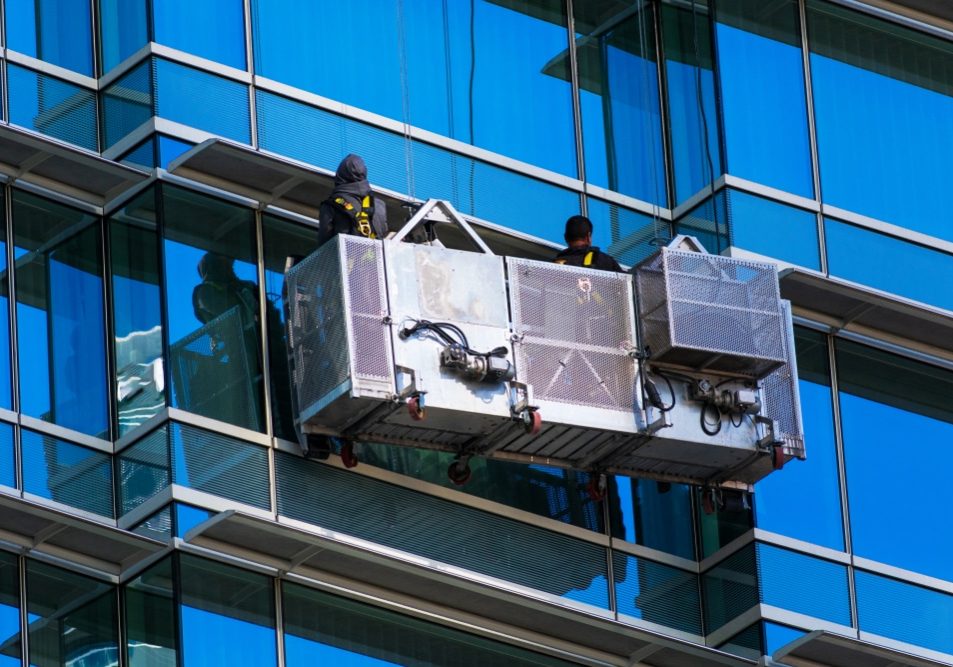Facility maintenance refers to the people, processes, and platforms needed to get maximum utility from a commercial building. Its goal is to ensure the safety and smooth operation of a building while keeping it attractive. Facility maintenance practices include but are not limited to payroll, human services, building structure maintenance, light, fire safety, and more.
What Types of Buildings Need Facility Maintenance?
Facility maintenance relates to non-manufacturing commercial buildings and not residential buildings. Some of the most common ones are:

Responsibilities of facilities managers
Facility maintenance workers are responsible for ensuring the functionality of relevant systems, boosting productivity, and finding ways to cut operational costs. Facility maintenance workers generally divide into managers, senior facility maintenance techs, and junior facility maintenance techs.
Technicians are responsible for several hands-on tasks, such as building walkthroughs, preventative maintenance, and repairs. On the other hand, facility managers take more strategic and operational tasks such as assisting clients and customers, constructing safety guidelines, risk assessment, cost, and maintaining safe, comfortable, and valuable environments for occupants to function. Facility managers' responsibilities vary depending on location, industry, and type of client.
What Is Facilities Maintenance Management Software?
Facility Maintenance Management Software is designed to help organizations unlock their management potential from a web-based dashboard. Allowing managers to track current projects like repairs and maintenance, plan for emergencies, update maintenance requests, and more. This management software helps save time and money by managing all facility aspects more efficiently and effectively.
The key benefits of a facility maintenance management software are:

